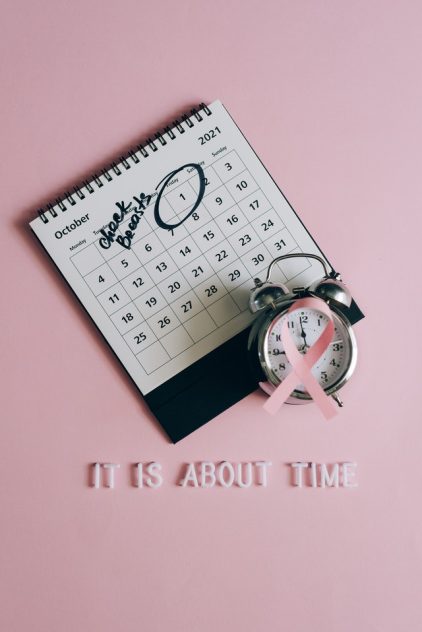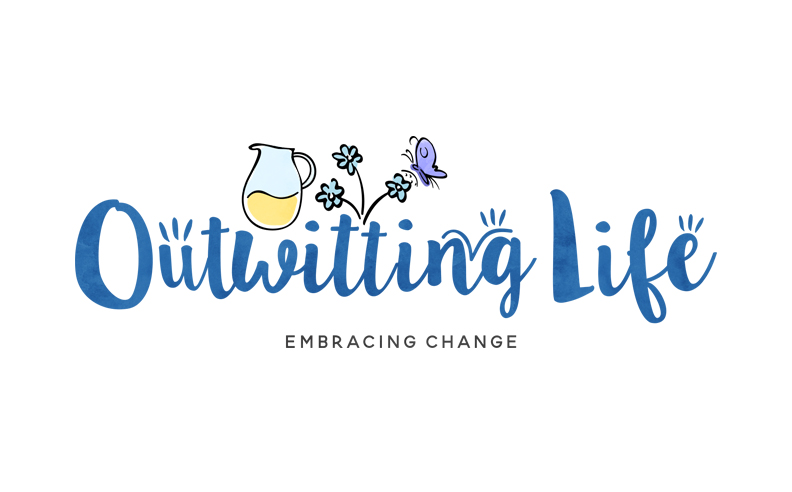How To Ensure You Support the Right Pink Cause

It’s Breast Cancer Awareness Month, and the pink banners are flying! There are hundreds of fundraisers, and it’s hard to ensure you support the right pink cause. Are you aware that not all charities fund research to find a cure for breast cancer?
Last year, I wrote a post in October about how breast cancer awareness month ruined the color pink for me and made me feel sick (literally). You can find it here: https://www.outwittinglife.com/wp-admin/post.php?post=1730&action=edit. As a survivor, I do not like this month. Yes, I think it is excellent we are focusing on making people aware of early detection, the importance of mammograms, etc. However, all the “hoopla” seems more about taking advantage of marketing pink products than finding a cure.
Know What Pink Cause Your Charity Supports
Please do some research before donating to a breast cancer charity. If you plan on donating this month, look at this article first. It gives basic descriptions of seven different charities that you will probably recognize. https://www.nationalbreastcancer.org/blog/charitable-partner/comparing-top-7-breast-cancer-charities.

Each organization has a niche regarding its focus. Pick the niche you like, and then view that company’s website. Look for details on what percentage of funds raised get allocated to administrative costs vs. research. You might be surprised. The largest companies have the highest admin costs, so their research efforts suffer.
Also, be cautious about purchasing pink products. Just because they are pink and have the breast cancer ribbon charm doesn’t mean any portion of the sale goes to breast cancer. For giggles, I googled Macy’s breast cancer products. They have plenty, including a beautiful pink Coach watch with a bejeweled pink ribbon on the band—no mention of a donation to a breast cancer charity.
Pink Cause Marketing Isn’t Always Genuine
Maybe I am wrong (I hope so), but I believe October has been “spun,” so having pink products is cool and means you support breast cancer research. You might back the cause, but it’s not through the retail purchases you make. Some of these products make welcome gifts to people going through cancer or survivors, so I’m not advocating a boycott here. I just want everyone to understand that October has become Pinktober in retail, and companies are benefiting from the spotlight on breast cancer awareness. That doesn’t feel right to me. Again, everyone is entitled to their own opinion.

I have no slick, shiny, pink items to sell you. But I can increase your breast cancer awareness by telling you a little about how I uncovered my breast cancer. First, let’s start with some basics. Here are eight symptoms of breast cancer as reported by the CDC:
- New lump in the breast or underarm (armpit).
- Thickening or swelling of part of the breast.
- Irritation or dimpling of breast skin.
- Redness or flaky skin in the nipple area or the breast.
- Pulling in of the nipple or pain in the nipple area.
- Nipple discharge other than breast milk, including blood.
- Any change in the size or shape of the breast.
- Pain in any area of the breast.
I Ignored A Symptom I Didn’t Know About
Are you familiar with all of the above symptoms? I had no idea that nipple discharge was a warning sign. While away on a business trip, I noticed a drop of water coming out of my nipple. I squeezed my nipple, and another clear drop appeared, followed by a brownish/reddish drop. That was it. I went for a month with nothing else happening with that breast. I figured it was yet another lovely side-effect of menopause.

Luckily, I had my annual checkup with my gynecologist five weeks after noticing the discharge. She asked if I had any changes to my breasts, and I shared the nipple discharge story. She told me I needed to get a mammogram quickly. I had one that same day and then had a lumpectomy about two weeks later. It turns out I had breast cancer in my right breast. The tumor was tiny; however, it had already spread to my lymph nodes.
According to the American Cancer Society, in 2022, approximately 290,560 people (men and women) will be diagnosed with breast cancer. Besides skin cancers, breast cancer is the most common cancer type in women. About 43,250 women will die from breast cancer this year. That’s a lot of women! These statistics prove why it is so important to get yearly mammograms. Moreover, they could save your life.
Breast Cancer Action Has Greatly Helped the Cause
In 2002, The Breast Cancer Action Organization (BCA) launched the first “Think Before You Pink” campaign. They are responsible for coining the phrase “pinkwashing.” This year, BCA rolled out the A (R)Evolution campaign. “A (R)Evolution” connects the dots across more than 20 years of pink ribbons and breast cancer fundraising, revealing that the foundational system that enables and encourages profiteering off of breast cancer while framing consumerism as the solution is rampant, unchecked capitalism.” You can read about the campaign here: https://www.bcaction.org/about-think-before-you-pink/.
Pinkwasher: (pink’-wah-sher) noun. A company or organization that claims to care about breast cancer by promoting a pink ribbon product, but at the same time produces, manufactures and/or sells products containing chemicals that are linked to the disease.
– BREAST CANCER ACTION –
Some people may remember the Kentucky Fried Chicken pink bucket campaign in 2002 when they joined with Susan G. Komen during Breast Cancer Awareness month. The advertising led you to believe this was going to be a terrific fundraiser for breast cancer, and it made you feel good that KFC was such a supporter. An investigation determined that KFC was donating only $.50 to Susan G. Komen for each bucket sold. The Susan G. Komen charity was met with criticism for partnering with a fried chicken company. Quite the mixed message considering a healthy lifestyle is one of the combatants of breast cancer. KFC reaped all the benefits with this one. Hence, this is a perfect example of pinkwashing.

In conclusion, please let October remind you to schedule your yearly mammogram. Watch out for any changes in your breasts, especially the ones I itemized above. And, finally, think before you pink — choose the charities that use their monies to fund research. We really do need to find a cure.
As always, please leave a comment if anything I have said resonates with you today. If you would like to recommend a charity to support, I encourage you to put that in the comments as well.
Thanks for reading today’s blog! Happy Tuesday.
About The Author
Loretta
Related Posts
Breast Cancer Awareness Month is Great; Pink, Not So Much!
October is complicated for me. Breast Cancer Awareness Month (BCAM) always brings mixed feelings. Six…
October 27, 2023Being A Survivor is Not as Easy as You Think
The tragedy is over, so you should feel euphoric, right? Being a survivor is not…
July 27, 20231 COMMENT
Leave A Comment
Outwittinglife.com All rights reserved. 2023 Terms and Conditions



Mike | 12th Oct 22
Loretta,
Thank you for sharing your thoughts on Breast Cancer Awareness month. Yes, we do need to be very careful on who we make donations to and the percentages that goes to the “Cure”. Hopefully the right organizations find a cure for this.
Keep the faith and keep the articles coming.